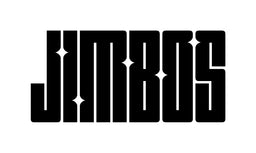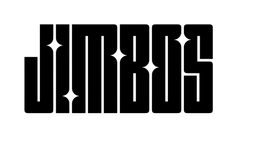How to Polish Without Dust, Mess, or Stress
Old-school compounds left your shop (and your client’s car) looking like a chalk bomb exploded. But today’s best one-step polishes—including Picture Perfect Polish—make dust a thing of the past.
Why Do Most Polishes Create So Much Dust?
There are three main reasons older products dust like crazy:
- Poor lubricant systems – Not enough working time means dry abrasives.
- Outdated abrasives – Break down inconsistently and create chalk-like residue.
- Filler-heavy formulas – These “fake shine” tricks dry up fast and leave dust on trim, glass, vents, and in your pads.
Worse yet? You spend 20+ minutes cleaning it up—time you don’t get paid for.
Modern Polish = Clean Results + Clean Shop
Picture Perfect Polish is built with low-dusting, high-lubricity chemistry. It stays wet longer, wipes off easily, and doesn’t leave behind a film or powder.
- No white lines around emblems or badges
- No dust on plastic trim or vents
- No tape needed on every single panel edge
Just polish, wipe, and move on. That’s how detailing should be.
Faster Cleanup = More Profit Per Job
Whether you’re working in your driveway or detailing for clients, time is money. Spending 30 minutes vacuuming polish dust off floor mats, trim, and glass adds zero value.
When you use Picture Perfect Polish and the right pads, you’ll be done faster—and cleaner.
Pair it with the Perfect Paint Kit and forget about taping off every edge and crevice. Just polish, wipe, and done.
Pro Tip: Stop Blaming the Pad
Many detailers think dusting comes from the pad breaking down. It’s rarely the pad. It’s almost always the product drying out too fast. You can use foam, microfiber, or wool pads—if your polish stays wet and doesn’t flake, you won’t get dust.
Products Used
Related Posts
- Why 3-Step Polishing Systems Are Outdated
- What Makes a One-Step Polish Actually Work?
- Pad-Dependent Polishing Explained



